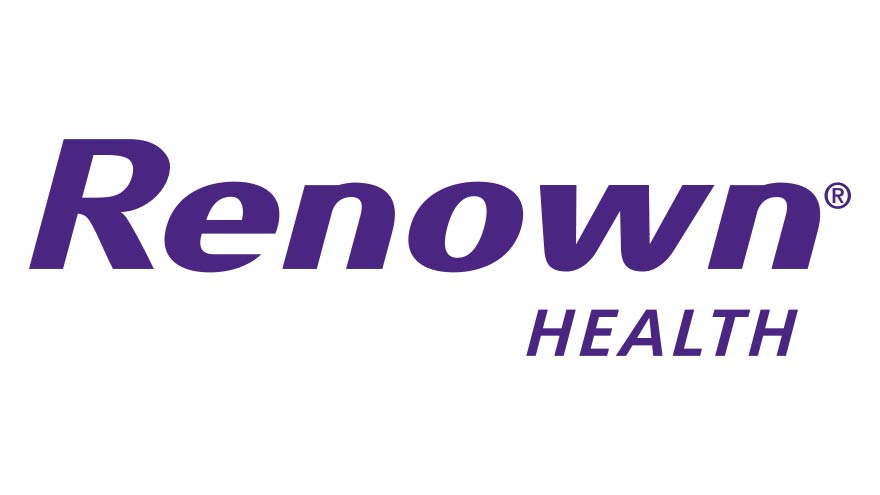
27 Oct 2024
Focusing on Employee Experience Amid Talent Shortages
While many worry about AI taking over jobs, a bigger issue is on the horizon—a $8.5 trillion global talent shortage expected by 2030.
Just like in the famous "invisible gorilla" experiment, where viewers focused on one task miss a glaring detail, businesses risk ignoring a key factor:
Employee Experience (EX). To handle this talent crunch, companies need to shift their focus from AI-driven fears to improving EX, which is vital for attracting and keeping skilled employees.
Top HR Priorities for 2024
According to a SHRM survey, the top three HR priorities for 2024 are:
- Maintaining employee morale and engagement (81%)
- Retaining top talent (78%)
- Finding and recruiting skilled employees (70%)
In the U.S., factors like an aging workforce, Baby Boomer retirements, and declining birth rates are contributing to a labor shortage. This increases the competition to hire and puts pressure on companies to retain their top talent.
On average, it costs around $4,700 to hire a new employee, and this can sometimes go up to three or four times the annual salary of the position. To address these challenges, many businesses are focusing on improving their Employee Experience.
What is Employee Experience (EX)?
Employee Experience includes everything an employee goes through during their time with a company—from the initial attraction to their final day. Improving EX is not just HR's job; it involves everything from the work environment and company culture to interactions with colleagues, managers, and HR.
Key Areas to Improve Employee Experience
There are many ways to enhance EX, but two critical areas are:
- Human-Centered Technology
- AI-Enhanced HR Experiences
Human-Centered Technology: Putting Employees First
Technology plays a big role in shaping how employees feel about their workplace. When selecting HR tech, it's important to not only focus on its features but also consider how it impacts employees' emotional and practical needs.
Whether it's for recruiting, learning, or performance management, technology should make tasks easier and improve the overall work experience.
Key questions to ask about HR tech:
- Does it simplify tasks?
- Does it help get the job done?
- How does it make employees feel?
Companies can start by mapping out the employee journey—understanding their needs and pain points—to better choose and improve HR technology. For example, streamlined online application systems can make hiring smoother, while modern learning platforms with interactive, personalized content can make training more engaging and efficient.
AI-Powered HR for a Better Employee Journey
AI is transforming HR, helping companies attract and retain talent by improving each stage of the employee journey:
- Attract and Recruit: AI can identify potential candidates, screen resumes, schedule interviews, and even provide personalized job recommendations.
- Onboarding: Virtual onboarding, where new hires interact with digital versions of their workplace and colleagues, is proving more engaging than traditional methods.
- Develop and Retain: AI can create personalized learning experiences, recommend career development steps, and predict employee turnover.
- Transition and Exit: AI helps manage smooth transitions and maintain positive relationships during employee departures.
Final Thoughts: Why EX Matters Now More Than Ever
Creating a positive Employee Experience is key to retaining employees. By adopting human-centered technology and integrating AI into HR processes, companies can greatly improve EX.
Focusing on these areas will help businesses not only attract and retain top talent but also keep employees engaged and motivated. As the talent shortage approaches, prioritizing EX is no longer just an option—it’s essential for long-term success.











Comments (0)